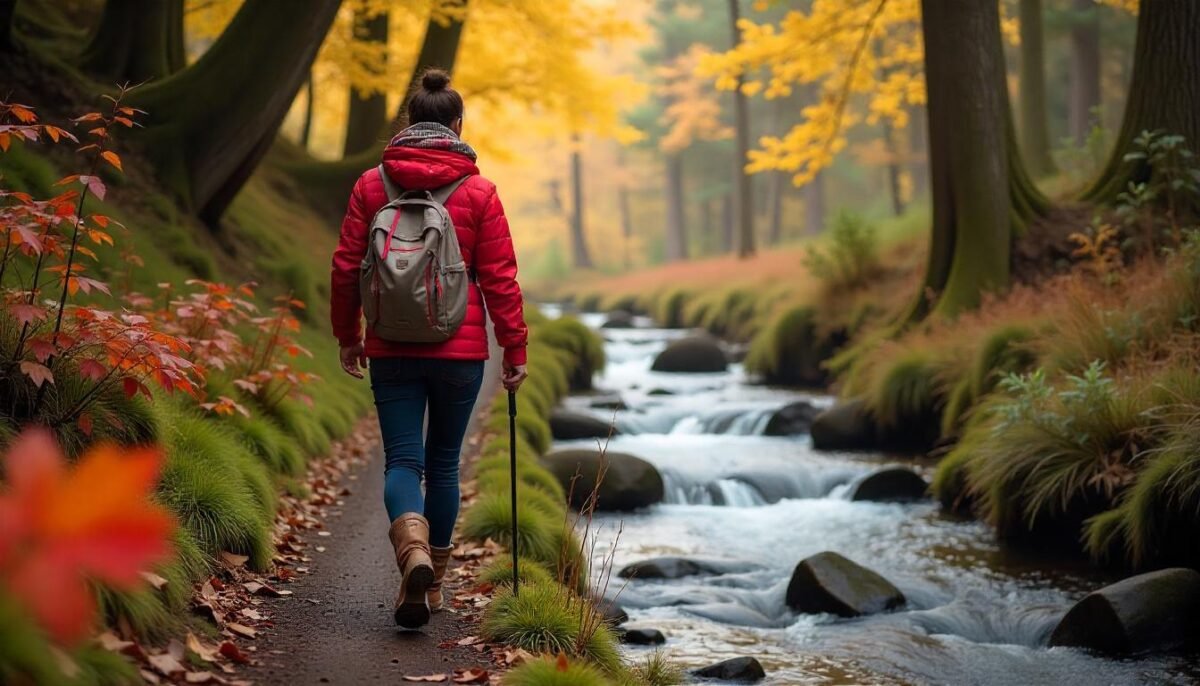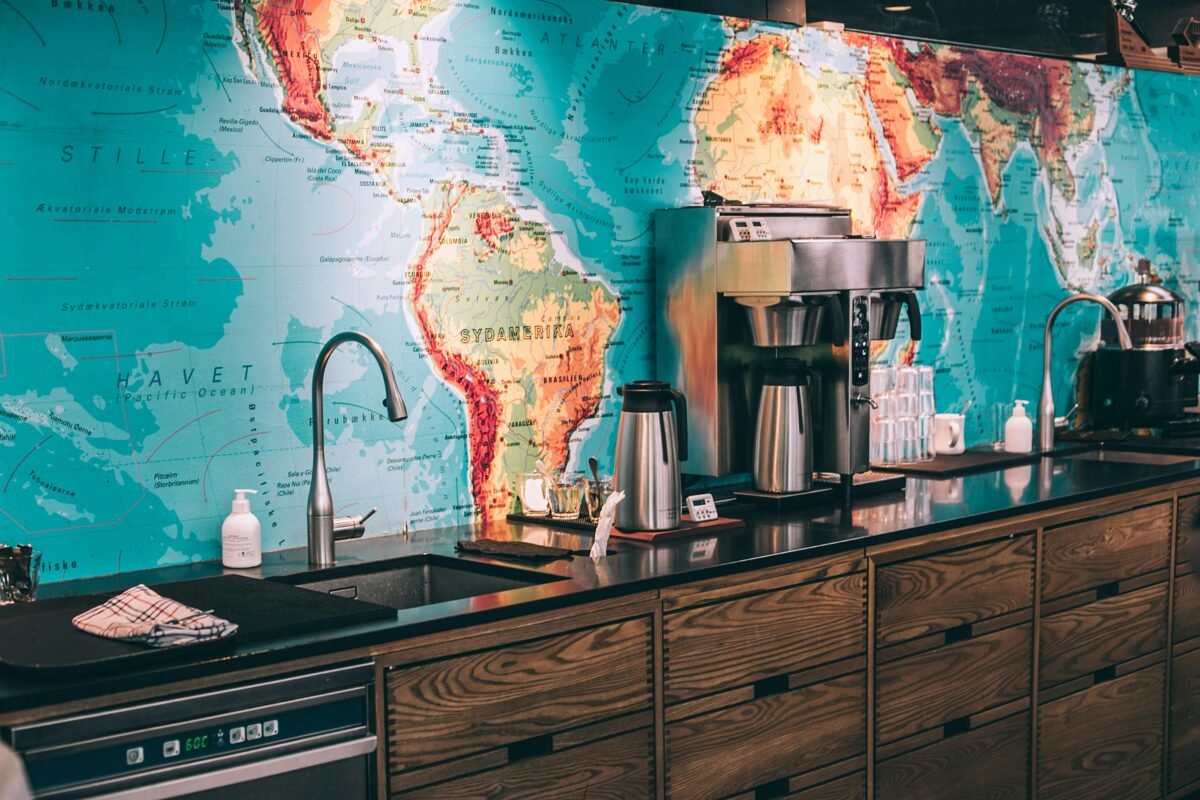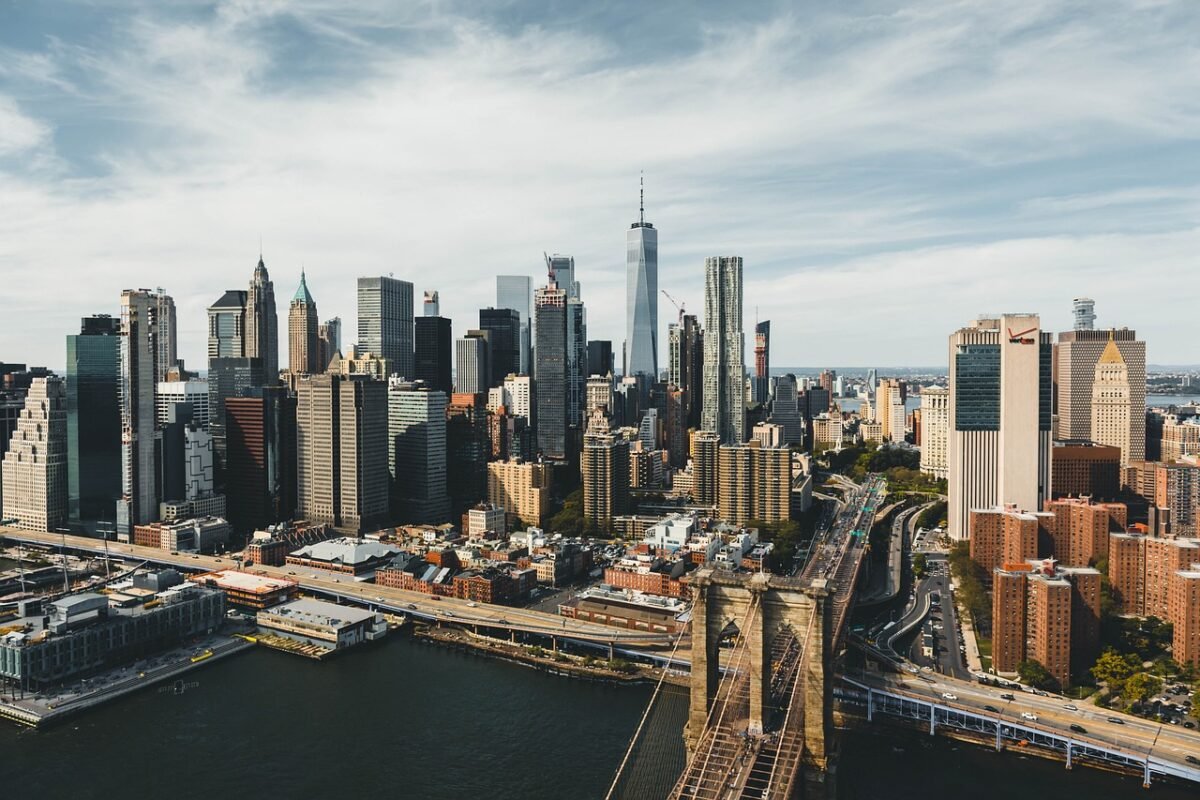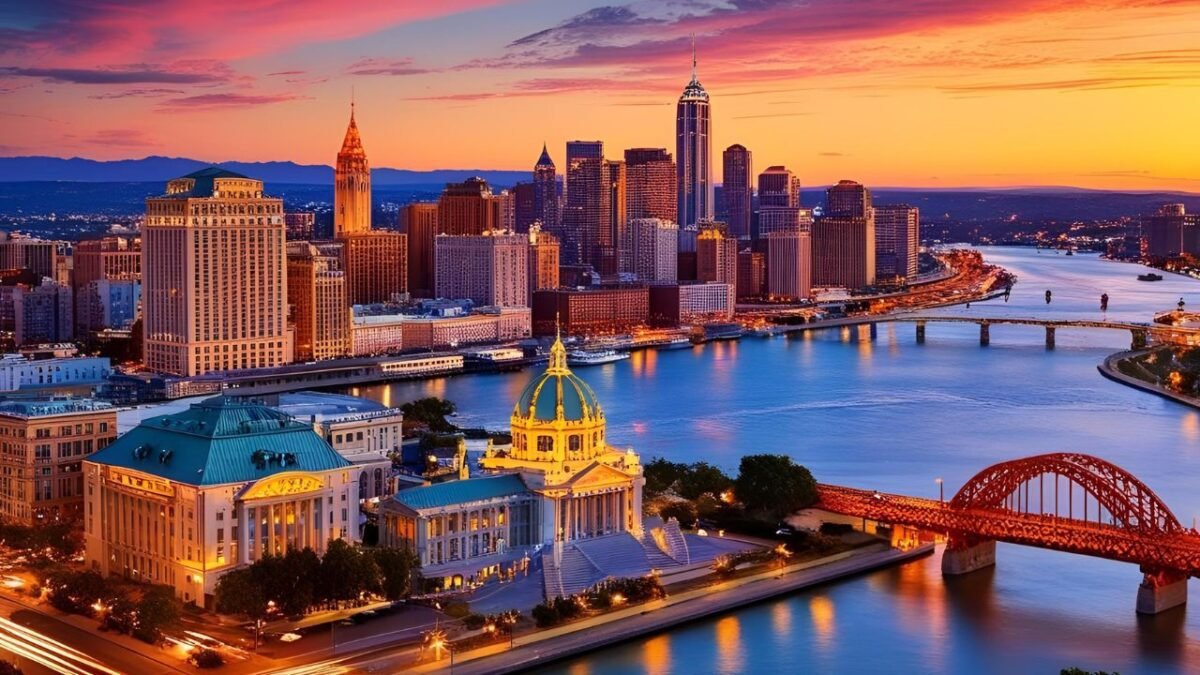Washington State is a dream for outdoor lovers. From glacier-covered peaks to moss-draped rainforests and high desert trails, this corner of the Pacific Northwest is home to some of the most awe-inspiring public lands in the U.S. In this post, I’ll walk you through my top 10 picks for national parks and forests in Washington you need to explore in 2025 — whether you’re planning a road trip, a weekend escape, or a rugged backcountry adventure.
1. Olympic National Park – The Most Diverse Landscape in One Park
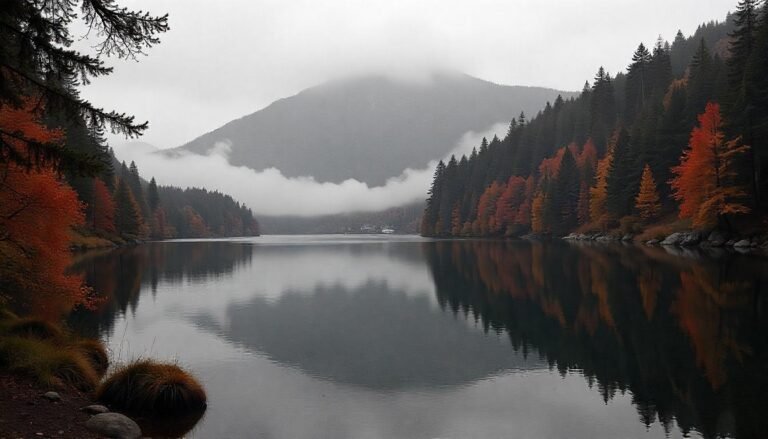
If there’s one park in Washington that truly has it all, it’s Olympic National Park. Sprawling across nearly a million acres, Olympic is a biosphere reserve and UNESCO World Heritage Site for good reason.
You’ll find snow-capped mountains, old-growth rainforests, and 70+ miles of wild Pacific coastline — all within a few hours of each other.
Don’t miss in 2025:
Hoh Rain Forest: One of the last remaining temperate rainforests in the U.S. The Hall of Mosses trail is an easy 0.8-mile loop but feels like a fairy tale.
Hurricane Ridge: Perfect for sunrise views and summer wildflowers. In 2025, road access will continue to be limited due to the visitor center fire, so check updates before you go.
Rialto Beach: Iconic driftwood, tide pools, and sea stacks — sunset here is unforgettable.
- For maps, current alerts, and weather: Visit the official Olympic National Park site.
2. Mount Rainier National Park – Washington’s Crown Jewel
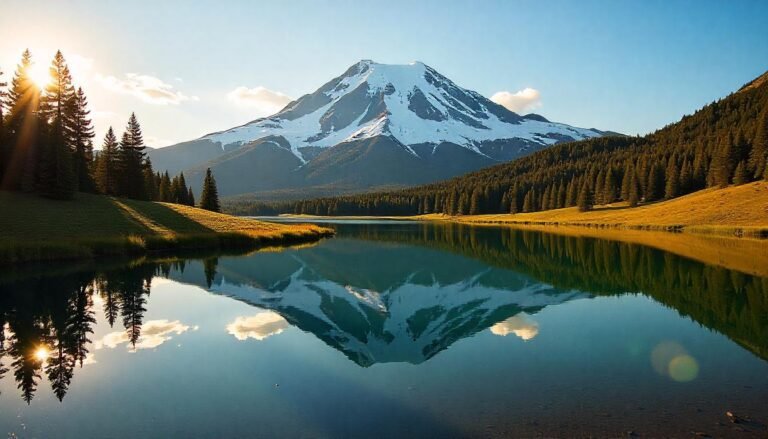
Towering at 14,410 feet, Mount Rainier is the highest peak in the state and one of the most iconic volcanoes in the U.S. The park is a must for both casual tourists and hardcore hikers.
Best things to do in 2025:
Paradise: This area lives up to its name — wildflower meadows, panoramic views, and classic hikes like the Skyline Trail.
Sunrise: Less crowded and the highest driveable point in the park. Great for stargazing and early-morning hikes.
Wonderland Trail: A 93-mile loop around the mountain for experienced backpackers (permits required and hard to get, so plan ahead).
- Pro Tip: July through mid-August is prime wildflower season — think lupine, paintbrush, and avalanche lilies carpeting the meadows.
- More details at the Mount Rainier NPS page.
3. North Cascades National Park – Washington’s Hidden Wilderness
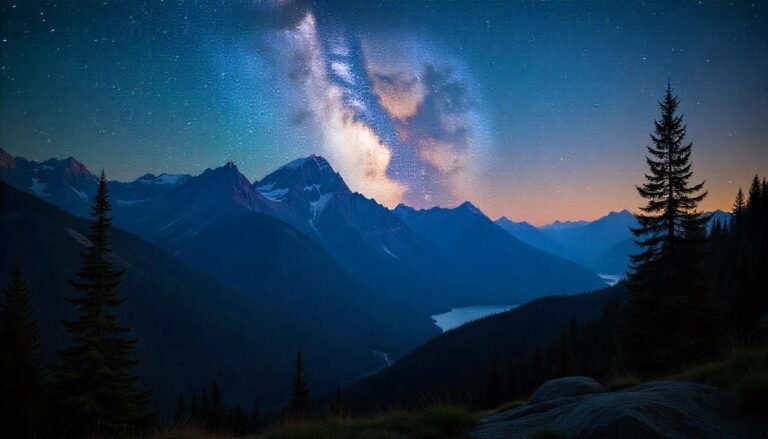
Nicknamed the “American Alps”, North Cascades National Park is wild, remote, and severely underrated. It’s one of the least-visited national parks in the country, which means fewer crowds and untouched scenery.
With over 300 glaciers and rugged peaks, it’s a haven for serious hikers, climbers, and photographers.
2025 highlights:
Diablo Lake Overlook: Unreal turquoise water from glacial silt — one of the most photogenic spots in the state.
Maple Pass Loop: One of the best day hikes in the entire Pacific Northwest, especially in October when fall colors are at their peak.
Ross Lake Recreation Area: Great for kayaking and backcountry camping.
- Accessibility is limited in winter — the North Cascades Highway (SR 20) typically reopens around late April or May.
- Learn more from the North Cascades National Park site.
4. Gifford Pinchot National Forest – Volcano Views and Waterfalls
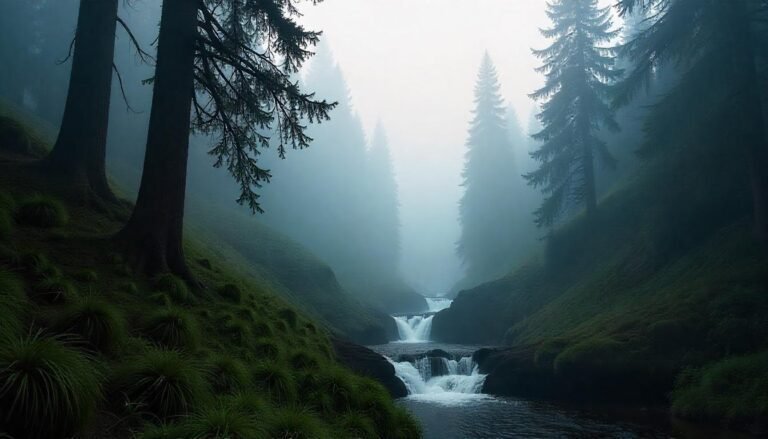
Located south of Mount Rainier and stretching toward the Oregon border, Gifford Pinchot National Forest is massive — covering over 1.3 million acres. It’s home to Mount St. Helens National Volcanic Monument, endless trails, lava tubes, and hidden hot springs.
Why visit in 2025:
Mount St. Helens: Hike the Boundary Trail or visit the Johnston Ridge Observatory (reopening in 2025 after road repairs from 2023 landslides).
Ape Caves: A lava tube adventure like no other — be sure to bring a headlamp and wear good shoes.
Panther Creek Falls: A stunning two-tiered waterfall that’s easily accessible.
- This forest is also less regulated than the national parks, meaning more options for dispersed camping and off-grid exploring.
- Visit the Gifford Pinchot NF official site for permits, trail conditions, and seasonal closures.
5. Okanogan-Wenatchee National Forest – Best for High Deserts & Alpine Lakes
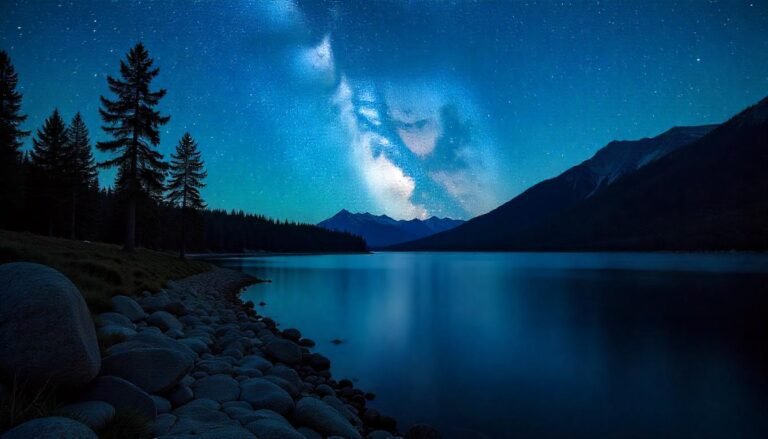
Covering nearly 4 million acres east of the Cascades, Okanogan-Wenatchee National Forest is one of the most ecologically diverse forests in the country. Expect everything from sun-soaked valleys to craggy ridges and glacial lakes.
Where to explore in 2025:
Enchantments (Alpine Lakes Wilderness): Famous for its granite peaks, larch trees, and aquamarine lakes. You’ll need a lottery permit to backpack through the Core Zone.
Leavenworth: A Bavarian-themed mountain town that serves as the perfect basecamp for hikes, river floats, and climbing.
Lake Ingalls Trail: A stunning alpine lake with views of Mt. Stuart — expect mountain goats and golden larches in fall.
- This forest is especially beautiful in late summer and early fall when the crowds thin out but the colors light up the trails.
- Start planning with the Okanogan-Wenatchee NF site.
6. Mount St. Helens National Volcanic Monument – A Living Geology Lesson
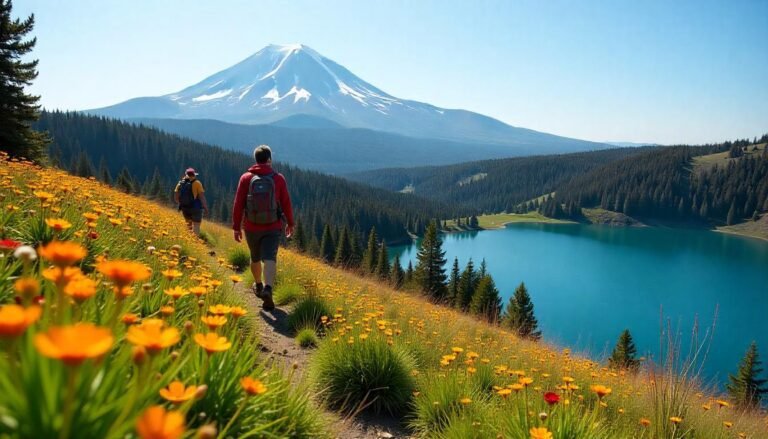
Few places on Earth show the raw power of nature like Mount St. Helens, which erupted catastrophically in 1980. Today, the area is a fascinating combination of rebirth and ruin.
Why visit in 2025:
Johnston Ridge Observatory is expected to reopen in 2025 after damage from the 2023 landslide.
Harry’s Ridge Trail offers unforgettable views of the crater, Spirit Lake, and the blast zone.
Learn how the landscape is still recovering, with wildflowers, elk, and birds returning each year.
- Mount St. Helens is managed by the U.S. Forest Service, so check for updates at the Mount St. Helens Institute.
7. Colville National Forest – Eastern Washington’s Quiet Gem
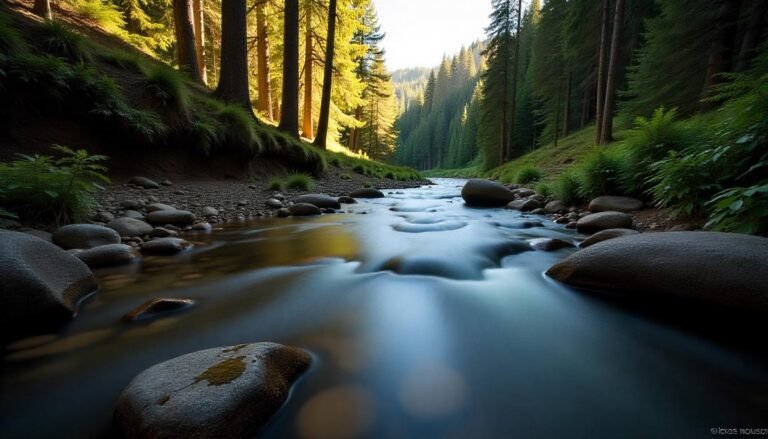
Located in the northeastern part of the state, Colville National Forest is often overlooked — but that’s part of its charm. With fewer crowds, it offers solitude, scenic drives, and excellent fishing, camping, and wildlife viewing.
Top experiences in 2025:
Little Pend Oreille Lakes – perfect for kayaking and spotting moose or bald eagles.
Salmo-Priest Wilderness – remote and wild, ideal for backcountry hiking.
Sherman Pass Scenic Byway – Washington’s highest drivable pass.
- This forest is also grizzly and wolf territory, so it’s a haven for wildlife photographers and naturalists.
- Visit Colville NF official site for recreation tips and access conditions.
8. San Juan Island National Historical Park – History Meets Coastal Beauty

If you’re looking to blend history, ocean views, and wildlife, this is the park for you. Located on San Juan Island, this national historical park preserves the memory of the Pig War — a bizarre boundary dispute between the U.S. and Britain.
Why it’s worth a visit in 2025:
Whale watching: The coast near Lime Kiln Point is one of the best land-based spots in the world to see orcas.
American & English Camps: Peaceful trails and interpretive signs tell the unique story of the island’s colonial past.
Great for families and history lovers who also want scenic beach time.
- You’ll need to take a ferry from Anacortes — check schedules and park info on the NPS website.
9. Lake Chelan National Recreation Area – A Remote Paradise
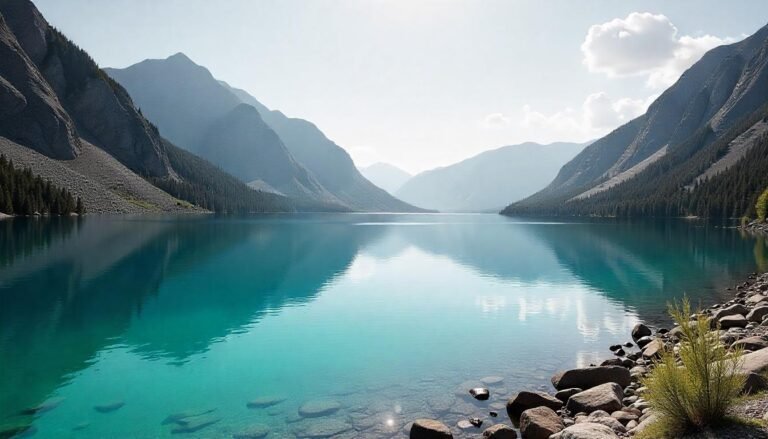
Lake Chelan NRA is tucked into the heart of the North Cascades, but it feels like its own secret world. There’s no road access — you either hike in or take a ferry, which keeps this area peaceful and pristine.
2025 highlights:
Stehekin Valley: Accessible via the Lady of the Lake ferry, floatplane, or the rugged Cascade Pass trail. Once there, rent a bike and explore waterfalls, historic cabins, and the legendary Stehekin Pastry Company.
Lake Chelan: One of the deepest lakes in the U.S. with glacier-fed turquoise water — great for swimming, kayaking, and fishing.
- Ideal for those who want off-the-grid vibes without giving up all creature comforts.
- Details at the North Cascades NPS page.
10. Mount Baker-Snoqualmie National Forest – Adventure Close to Seattle
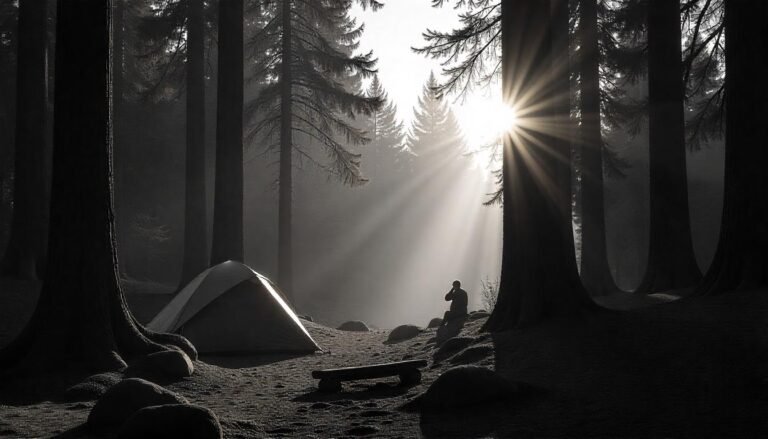
Stretching from the Canadian border to Mount Rainier, Mount Baker-Snoqualmie National Forest is one of the most visited forests in the country — and for good reason. It’s an outdoor playground just a short drive from Seattle.
Best things to do in 2025:
Mount Baker Highway (SR 542): Breathtaking drives, especially in fall. Don’t miss the Artist Point viewpoint.
Heather Meadows & Bagley Lakes: Accessible alpine scenery that’s great for families and photographers.
Twin Falls and Franklin Falls Trails: Easy waterfall hikes near Snoqualmie Pass.
- In winter, this area turns into a wonderland for snowshoeing and skiing.
- More info available at the Mount Baker-Snoqualmie NF site.
Final Thoughts
Whether you’re craving waterfalls, volcanoes, glaciers, or hidden alpine lakes, Washington’s national parks and forests deliver some of the most unforgettable nature experiences in the U.S. The best part? You don’t have to choose just one — many of these places are within a few hours’ drive from each other.
If you’re planning a trip in 2025, aim for late spring through early fall for the best weather and trail access. And don’t forget to check trail conditions, permits, and alerts from official park and forest websites before heading out.
Frequently Asked Questions (FAQ)
Q: What’s the best time to visit Washington’s national parks?
A: Late June through mid-October offers the best weather, snow-free trails, and open roads. July–August is peak season.
Q: Do I need a pass to enter these parks and forests?
A: National parks require an entrance fee or America the Beautiful Pass. National forests are mostly free but some areas need a Northwest Forest Pass.
Q: Which park is best for families?
A: Olympic National Park — it has beaches, easy hikes, and diverse landscapes kids love.
Q: Can I camp in these parks?
A: Yes! All five locations offer both developed campgrounds and backcountry camping options. Check recreation.gov or forest service sites for reservations and permits.

